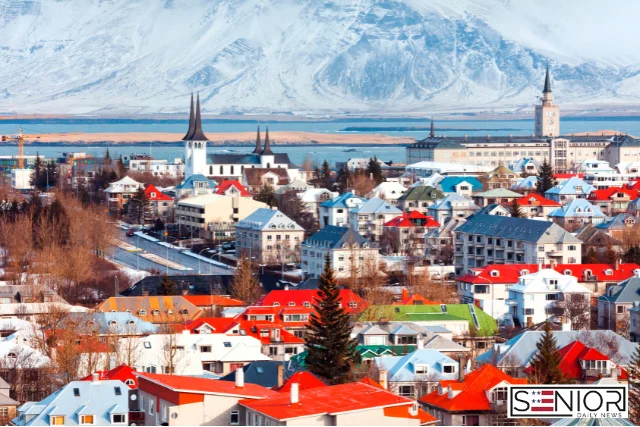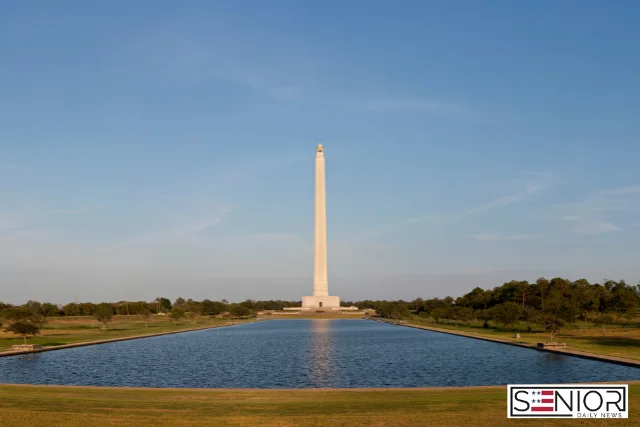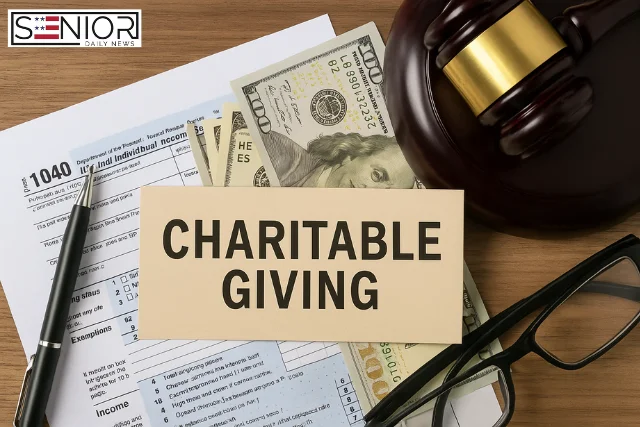Water Conservation in the Home: Simple Solutions

Water is one of our most precious resources, yet many households unknowingly waste gallons every single day. Whether you live in a drought-prone state or simply want to reduce your utility bills, water conservation at home is both environmentally responsible and economically smart.
Thankfully, you don’t need to overhaul your entire lifestyle to make a difference. In this article, we’ll explore simple, affordable, and effective water conservation solutions that anyone can adopt. From the bathroom to the backyard, these practical tips can help you protect your wallet and the planet—one drop at a time.
Why Water Conservation Matters
Environmental Impact
Only 1% of the Earth’s water is readily accessible for human use. As population growth and climate change stress our water supplies, conserving water becomes crucial to maintaining healthy ecosystems and sustainable living conditions.
Financial Savings
Conserving water can significantly reduce your monthly utility bill. According to the EPA, the average U.S. family uses more than 300 gallons of water per day. Small changes in water use can lead to noticeable cost savings.
Legal and Community Considerations
Many localities now enforce water restrictions, particularly during dry months. Being proactive helps you stay ahead of regulations and contributes to your community’s water sustainability.
Simple Water-Saving Tips for Every Room
Kitchen
1. Use a Dishwasher Wisely
- Always run full loads.
- Use the eco or energy-saving mode if available.
- Scrape plates instead of rinsing them before loading.
2. Fix Leaky Faucets
Even a slow drip can waste over 3,000 gallons a year. Fix leaks promptly with a washer replacement or faucet upgrade.
3. Install a Low-Flow Faucet Aerator
These devices cost just a few dollars and can reduce water flow by up to 30%, without sacrificing performance.
Bathroom
1. Switch to Low-Flow Showerheads
Older showerheads use 5 gallons per minute (GPM); newer models use 2.5 GPM or less.
2. Take Shorter Showers
Reducing your shower by just 2 minutes can save up to 1,750 gallons of water per person annually.
3. Upgrade to Water-Efficient Toilets
Toilets are the top water user in most homes. A WaterSense-labeled toilet uses only 1.28 gallons per flush compared to older models using 3–5 gallons.
4. Don’t Use the Toilet as a Trash Can
Avoid unnecessary flushes—tissues, bugs, and small trash items can be thrown in the wastebasket instead.
Laundry Room
1. Use High-Efficiency (HE) Washers
HE washers use up to 50% less water and energy than standard models. Look for the ENERGY STAR label when shopping.
2. Only Wash Full Loads
Avoid half-loads unless your machine has adjustable settings for water levels.
Outdoors
1. Water Plants Wisely
- Water early in the morning or late in the evening to minimize evaporation.
- Use mulch to retain soil moisture.
- Choose native, drought-tolerant plants for your landscape.
2. Install a Rain Barrel
Harvesting rainwater for gardening is an effective and eco-friendly strategy. Some states even offer rebates for rain barrel installations.
3. Sweep, Don’t Hose
Use a broom to clean driveways and sidewalks instead of hosing them down.
4. Check for Irrigation Leaks
Automatic sprinkler systems can develop leaks over time. Inspect them regularly to prevent waste.
Behavioral Changes That Make a Big Difference
Turn Off the Tap
- Turn off the faucet while brushing teeth or shaving—this can save up to 8 gallons per day.
Collect Cold Water
- Letting water run to warm up? Collect the cold water in a container for plants or pets.
Repurpose Household Water
- Use leftover water from cooking (e.g., steaming vegetables) to water outdoor plants once cooled.
Smart Technology for Water Savings
1. Smart Irrigation Systems
Use weather-based or soil moisture sensors to optimize lawn watering schedules automatically.
2. Leak Detection Devices
Install smart water leak detectors under sinks or near appliances to catch leaks early and prevent water damage.
3. Water Monitoring Tools
Home water monitors track your usage in real-time and send alerts for unusual patterns.
Government Programs and Incentives
Check with your local government or water utility for rebates and incentives. Common programs include:
- Free faucet aerators and low-flow showerheads
- Rebates for WaterSense-labeled toilets and appliances
- Discounts for rain barrels or smart irrigation systems
Common Myths About Water Conservation
Myth 1: It doesn’t matter if I waste water—there’s plenty of it.
Truth: Less than 1% of Earth’s water is usable by humans, and much of it is unevenly distributed. Every drop counts.
Myth 2: New homes are already water-efficient.
Truth: While newer homes may have more efficient appliances, behavioral habits still have a massive impact on water use.
Myth 3: Saving water means sacrificing comfort.
Truth: Modern low-flow devices and smart technologies make it easy to conserve water without affecting comfort or convenience.
Long-Term Benefits of Water Conservation
Environmental Stewardship
Using water efficiently helps preserve freshwater habitats, supports wildlife, and reduces the strain on water treatment facilities.
Energy Savings
Less water usage means less energy needed for heating, pumping, and treating water, reducing your overall carbon footprint.
Increased Property Value
Water-efficient homes are attractive to eco-conscious buyers and may qualify for green home certifications.
Getting the Whole Family Involved
Water conservation isn’t a solo effort—it works best when the whole household participates.
Tips for Involving Kids:
- Turn water saving into a game: “Who can take the shortest shower?”
- Use educational apps or online games about environmental conservation.
- Let kids help set up a rain barrel or plant drought-resistant flowers.
Involve Seniors:
- Install easy-to-use fixtures for reduced mobility.
- Offer help checking for leaks or updating appliances in older homes.
FAQs
How much water can I save by installing low-flow fixtures?
Low-flow fixtures can reduce water use by 30–50%, saving the average household thousands of gallons annually.
Are smart water-saving devices expensive?
While initial costs vary, many products are affordable, and rebates are often available. They pay off over time through water and energy savings.
What’s the biggest source of water use in a typical U.S. home?
Toilets, showers, and faucets top the list—followed by washing machines and outdoor irrigation systems.
Can I collect rainwater in any state?
Most U.S. states allow rainwater harvesting, but regulations vary. Always check local laws and guidelines.
Is bottled water better for conservation?
No. Bottled water production requires more water and energy than tap water, and plastic waste contributes to environmental problems.
Image Designed Using Canva






